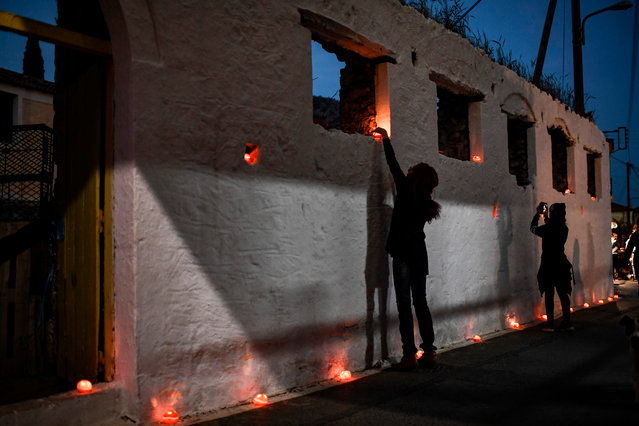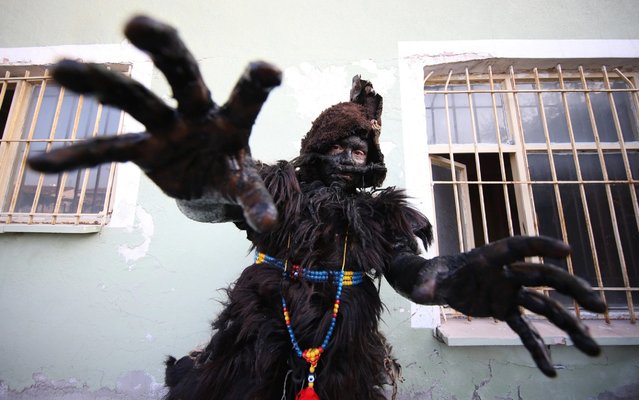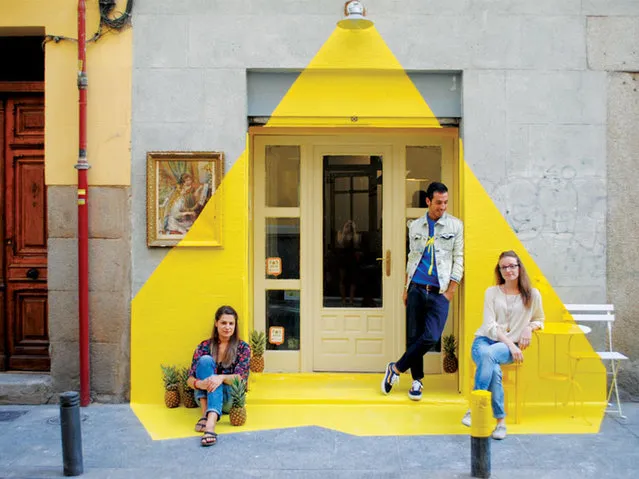
People decorate a street with candles inside oranges during the Epitaph ceremony during Good Friday's “Apokathelosis”, the Descent of Christ's dead body from the Cross, which forms a key part of Orthodox Easter, in the southern city of Leonidio, at the Peloponnese peninsula on April 26, 2019. Millions of Greeks flock to churches around the country this week to celebrate Easter, the country's foremost religious celebration. (Photo by Aris Messinis/AFP Photo)
15 May 2019 00:05:00,post received
0 comments







